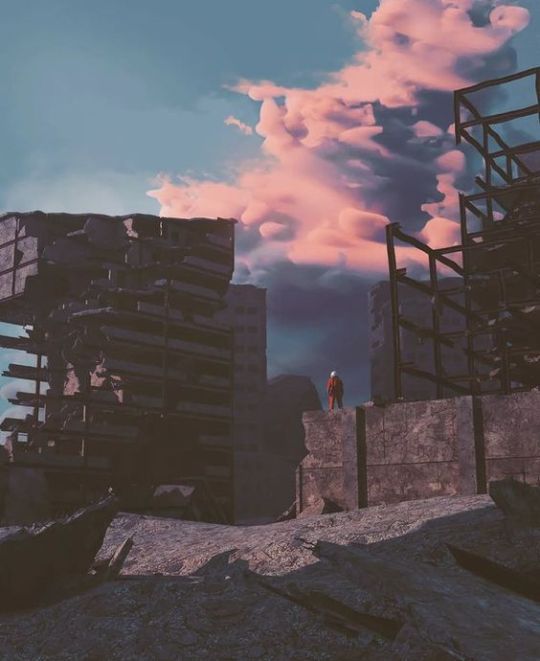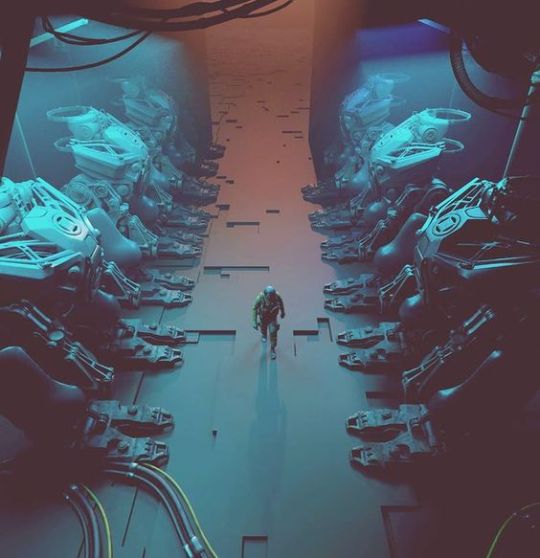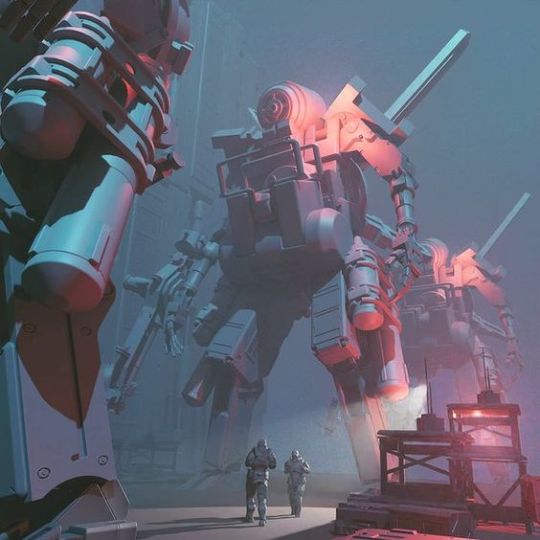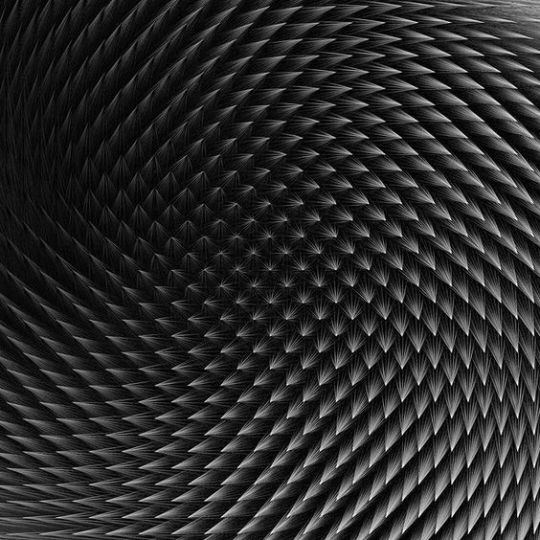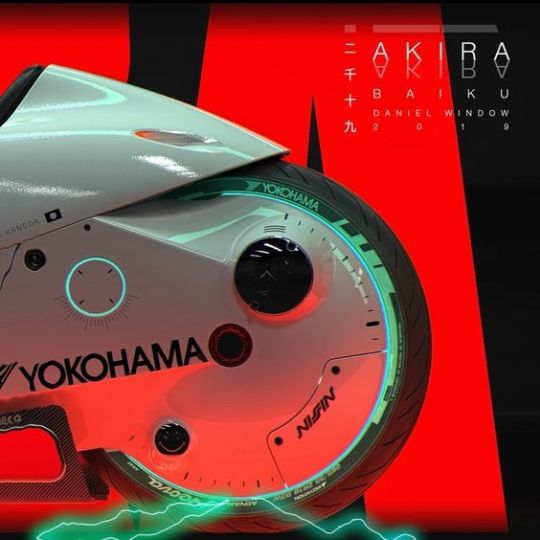Photo




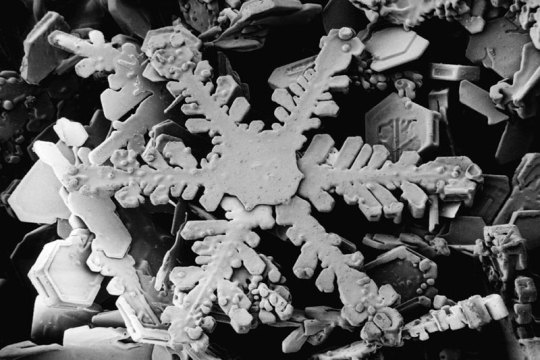



Snowing again here on the East Coast of the US, but I don’t see these mythical snowflakes-I’m seeing the three inches that have already accumulated since I shoveled the first three inches a couple of hours ago. Snowflake crystals have been studied and misunderstood for decades-their crystal structure entering popular mythology for their perfection and uniqueness. The word crystal comes to us straight from Latin and Ancient Greek, and brought an interesting cousin with it as well. The Latin form was crystallus meaning crystal or ice and the Ancient Greek form was krystallos from kryos meaning frost or ice. Kryos came from a proto-Indo-European root kru- meaning a hard outer crust. Which brings us to the country cousin of crystal: crust! It is amazing that some of these words persist unchanged for thousands of years.
These images come from the United States Department of Agriculture Beltsville Agricultural Research Center, just a few miles away in Beltsville Maryland. They use a Low Temperature Scanning Electron Microscope (LT-SEM) to capture these stunning images. Believe it or not, they use a process of freezing samples collected throughout the world with liquid nitrogen down to as low as -196 celsius, which allows the normally fragile and ephemeral snowflakes to be shipped to Maryland.
All images in the public domain, via USDA.
220 notes
·
View notes
Photo

Azalea flower in UVIVF.
When I looked at these with my older weaker light, I didn’t see much going on. I like them now though!
35K notes
·
View notes
Photo

Hologram (2018)
#glitch#glitch art#art#Aesthetic#glitchart#polygon1993#polygon#polygon glitch#polygon 1993#vaporwave#retrowave
2K notes
·
View notes
Photo
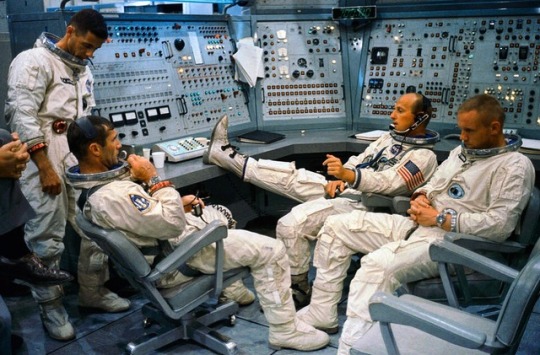
Please keep your feet off the table! Pete Conrad stretches out besides Neil Armstrong as William Anders & Richard Gordon hang out to their left. Gordon & Cooper were preparing for Gemini 11, while Anders & Armstrong served as backup crew, Sept 1966. Anders later became 1 of the first 3 people to leave Earth orbit during Apollo 8 in Dec 1968. 8 months following, Armstrong became the first to walk on the moon via Apollo 11. Conrad & Gordon went on to fly Apollo 12 together in Nov 1969 with Conrad becoming the 3rd to walk on the moon.
692 notes
·
View notes
Photo
Deep in your data mind

www.instagram.com/polygon1993
2K notes
·
View notes
Photo

Elon Musk: Starship Will Fly for 20-30 Years, Aiming for Fleet of 1,000
Get the latest tech and science news on Futuristech.Info
3 notes
·
View notes
Photo

These living bricks use bacteria to build themselves
Get the latest tech and science news on Futuristech.Info
8 notes
·
View notes
Photo



teamLab - 2016
Light Sculpture_
Dojima River Forum,Osaka_
599 notes
·
View notes
Photo

Saturn, Titan, Rings, and Haze : This is not a solar eclipse. Pictured here is a busy vista of moons and rings taken at Saturn. The large circular object in the center of the image is Titan, the largest moon of Saturn and one of the most intriguing objects in the entire Solar System. The dark spot in the center is the main solid part of the moon. The bright surrounding ring is atmospheric haze above Titan, gas that is scattering sunlight to a camera operating onboard the robotic Cassini spacecraft. Cutting horizontally across the image are the rings of Saturn, seen nearly edge on. At the lower right of Titan is Enceladus, a small moon of Saturn. Since the image was taken pointing nearly at the Sun, the surfaces of Titan and Enceladus appear in silhouette, and the rings of Saturn appear similar to a photographic negative. Now if you look really really closely at Enceladus, you can see a hint of icy jets shooting out toward the bottom of the image. It is these jets that inspired future proposals to land on Enceladus, burrow into the ice, and search for signs of extraterrestrial life. via NASA
3K notes
·
View notes
Photo
Cyberpunk city



Touann Gatouillat Vergos - 2019
1_2 Shanghai,China_
3_ Toronto,Canada_
494 notes
·
View notes
Photo
The Creation of ADAM 1138

(ニ F{o黤_沏}遖-葈
◾️Dabeiyuzhou-2018-01-19_19:52
2K notes
·
View notes
Photo
Cosmic Clouds...

Clouds of the Large Magellanic Cloud : The Large Magellanic Cloud (LMC) is an alluring sight in southern skies. But this deep and detailed telescopic view, over 10 months in the making, goes beyond what is visible to most circumnavigators of planet Earth. Spanning over 5 degrees or 10 full moons, the 4x4 panel mosaic was constructed from 3900 frames with a total of 1,060 hours of exposure time in both broadband and narrowband filters. The narrowband filters are designed to transmit only light emitted by sulfur, hydrogen, and oxygen atoms. Ionized by energetic starlight, the atoms emit their characteristic light as electrons are recaptured and the atoms transition to a lower energy state. As a result, in this image the LMC seems covered with its own clouds of ionized gas surrounding its massive, young stars. Sculpted by the strong stellar winds and ultraviolet radiation, the glowing clouds, dominated by emission from hydrogen, are known as H II (ionized hydrogen) regions. Itself composed of many overlapping H II regions, the Tarantula Nebula is the large star forming region at the left. The largest satellite of our Milky Way Galaxy, the LMC is about 15,000 light-years across and lies a mere 160,000 light-years away toward the constellation Dorado. via NASA
1K notes
·
View notes
